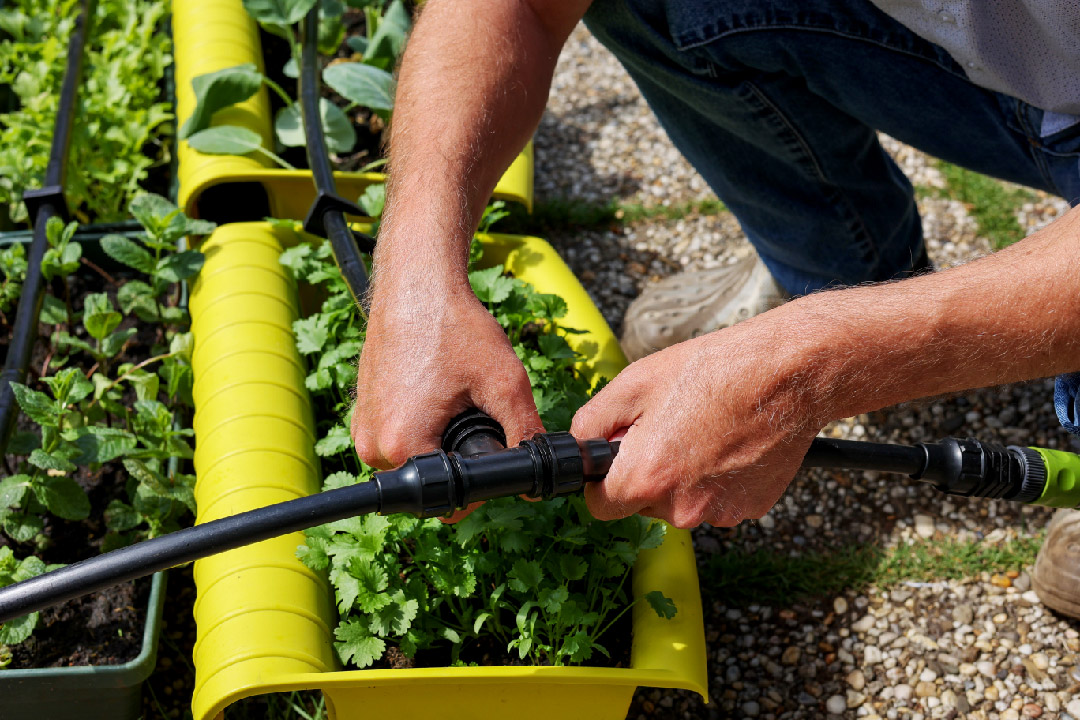Do I Need a Pressure Regulator for Drip Irrigation?
Feb 21st 2023
Drip irrigation offers a wonderful way to save water and money while growing healthier plants. These systems drip water slowly on to the soil rather than spraying large amounts on plants. That offers many benefits, including less evaporation, more direct watering, and fewer problems with diseases.
Although most drip irrigation systems are relatively simple, they do require a few basic components to function correctly. One of those components is known as a drip irrigation system pressure regulator.
Many gardeners and farmers wonder whether they really need a pressure regulator for drip irrigation. Read on for answers to this question and others.
What is a Drip Irrigation Pressure Regulator? Most drip irrigation systems run at a relatively low water pressure of 20 psi or less. Some can run at a slightly higher rate. Whatever the pressure, it must be low enough so the water can slowly drip out rather than spray out in a forceful stream.
A pressure regulator adjusts the higher pressure of water coming from a house, business, well or other water source down to the lower psi of the drip system. It keeps the psi at a regular lower level to provide a slow and steady stream of water to plants.
There are two main types of pressure regulator: non-adjustable and adjustable. Typically made of plastic, non-adjustable pressure regulators are inexpensive and often used by homeowners. As the name implies, this type can't be adjusted, so it must be matched with a particular drip system. These types of regulators are installed after the control valve.
Adjustable pressure regulators can be installed before or after the control valve. These can be adjusted and are often preferred for larger drip irrigation systems.
When to Use a Pressure Regulator for Drip Irrigation
Because most homes and businesses have water pressure far above that used for drip irrigation, the fact is that most drip irrigation systems will require a pressure regulator. Without a regulator tamping down the pressure, a high flow of water could blow out emitters, barbs and other parts of a low-pressure drip irrigation system.
Pressure exceeding 30 psi can damage drip irrigation systems, and many homes have water pressure twice that. So, in most cases, a pressure regulator will be necessary to protect a drip system and help it work properly. That will ensure optimal results with your plants.
Of course, if your water source can be delivered at a very low pressure, a regulator probably will not be necessary. This might be the case with water collected in rain barrels, cisterns, or ponds, for instance. It's even possible your home may have sufficiently low pressure in its plumbing. You can find out yourself quickly and inexpensively with a water pressure tester.

